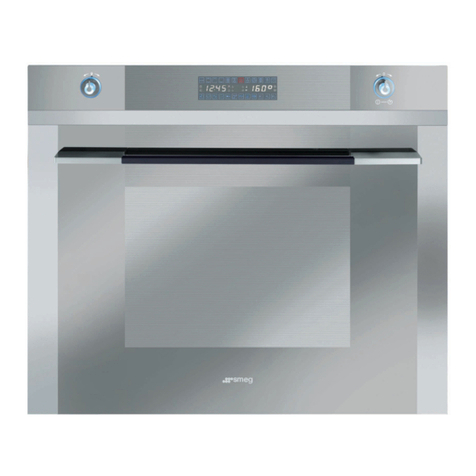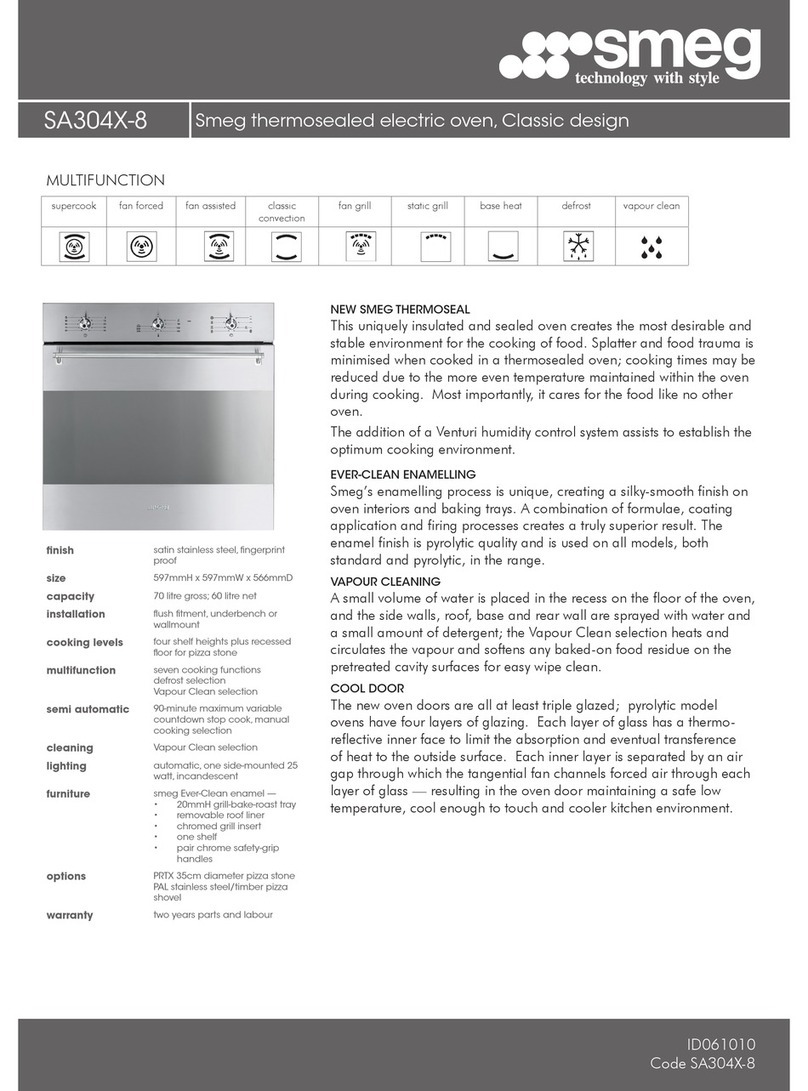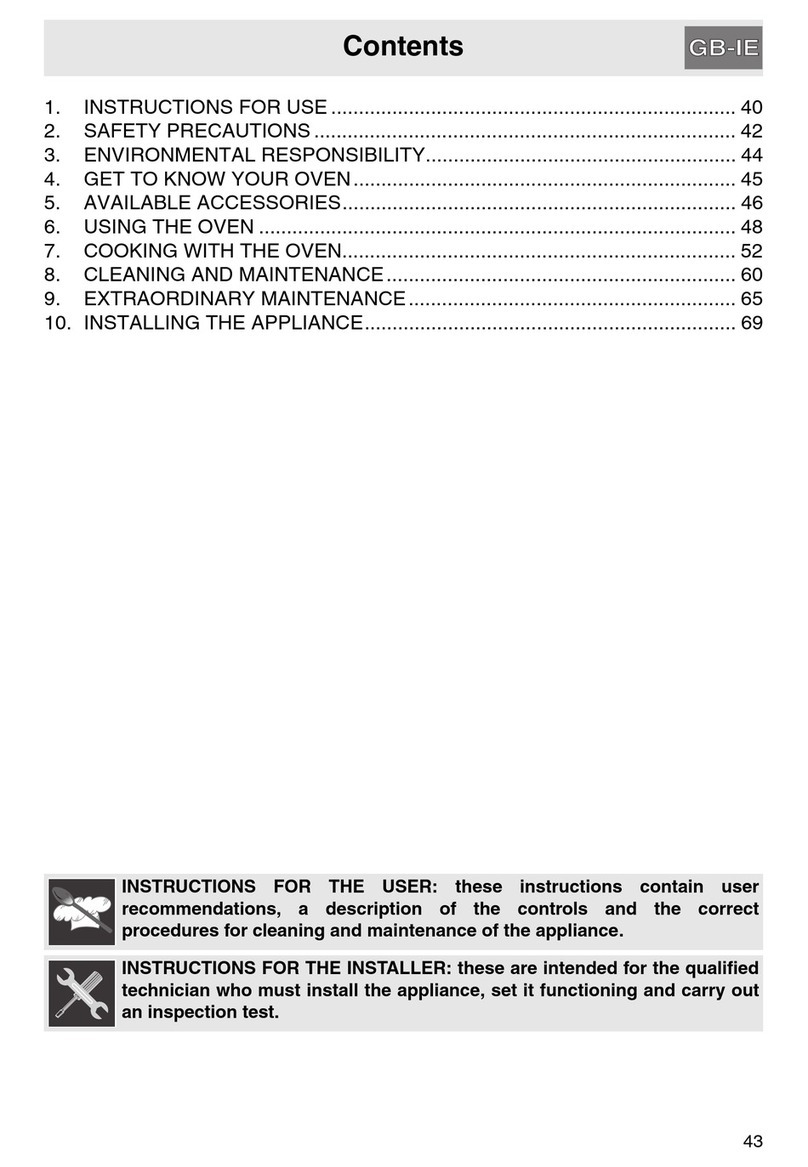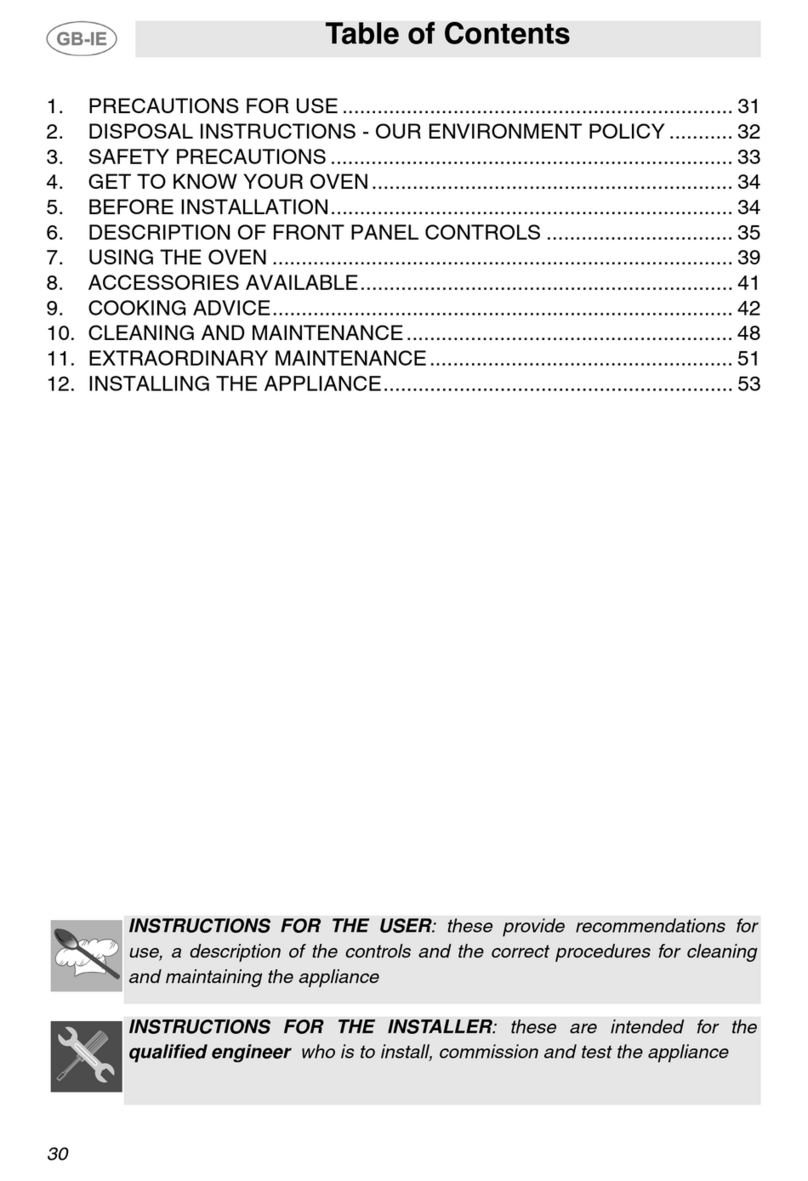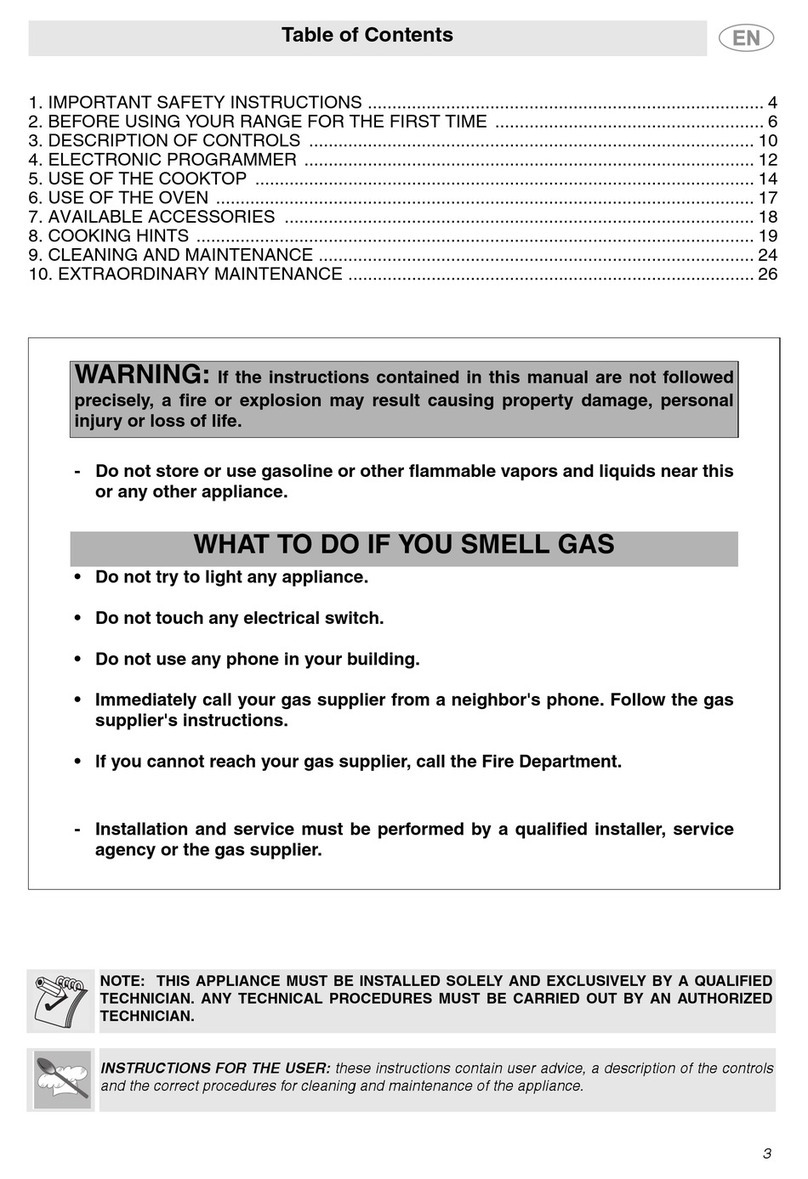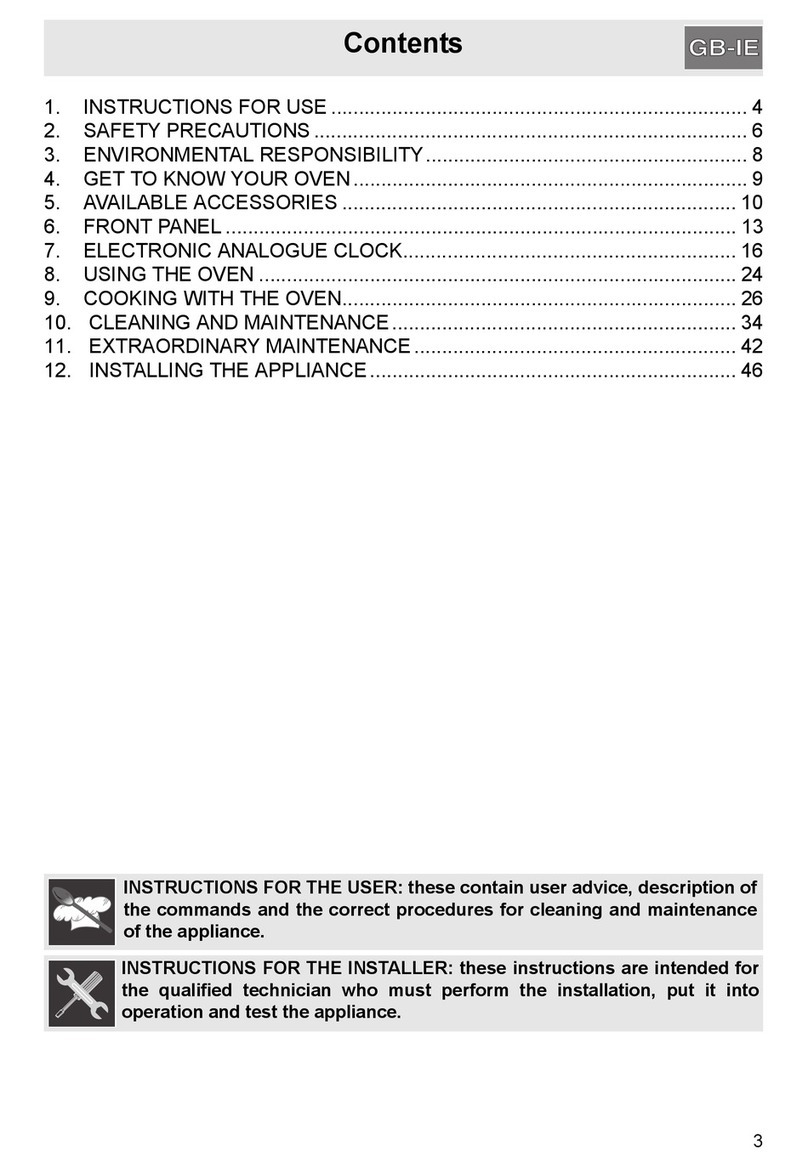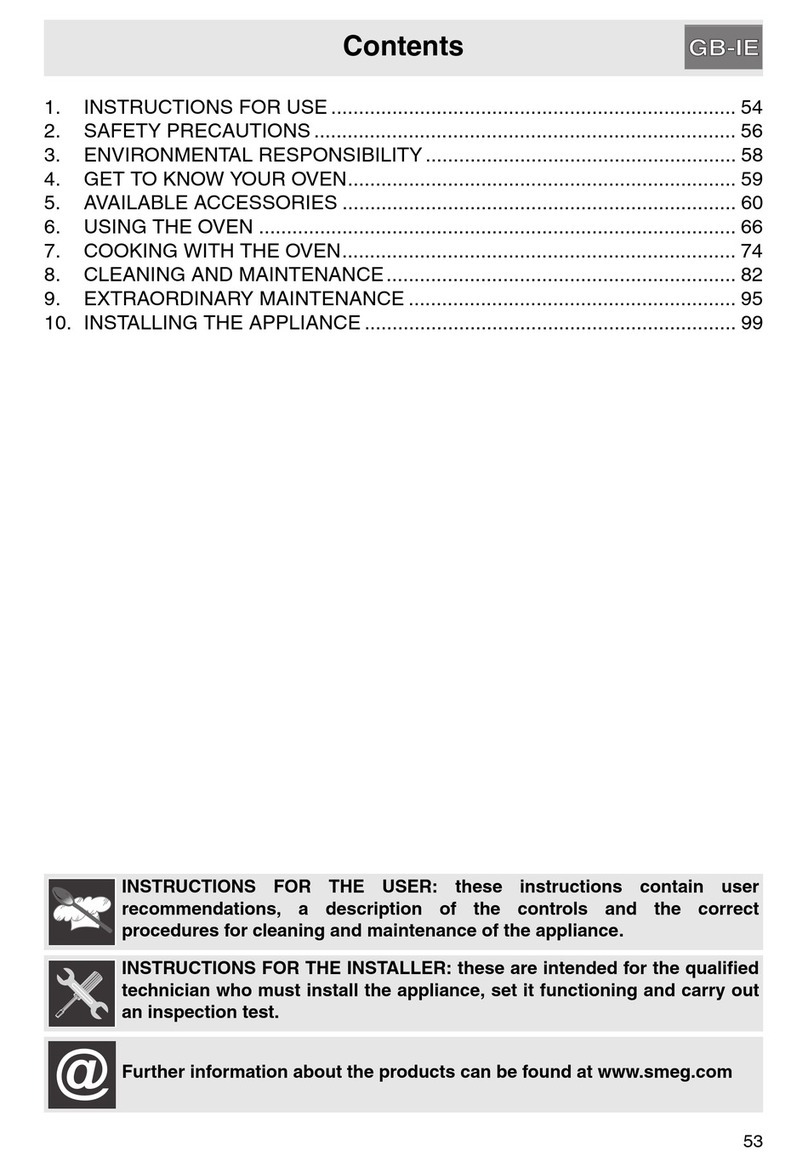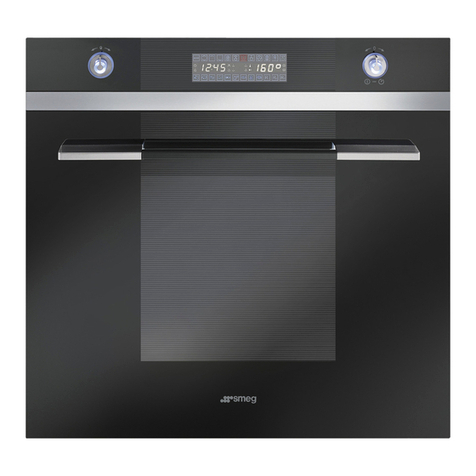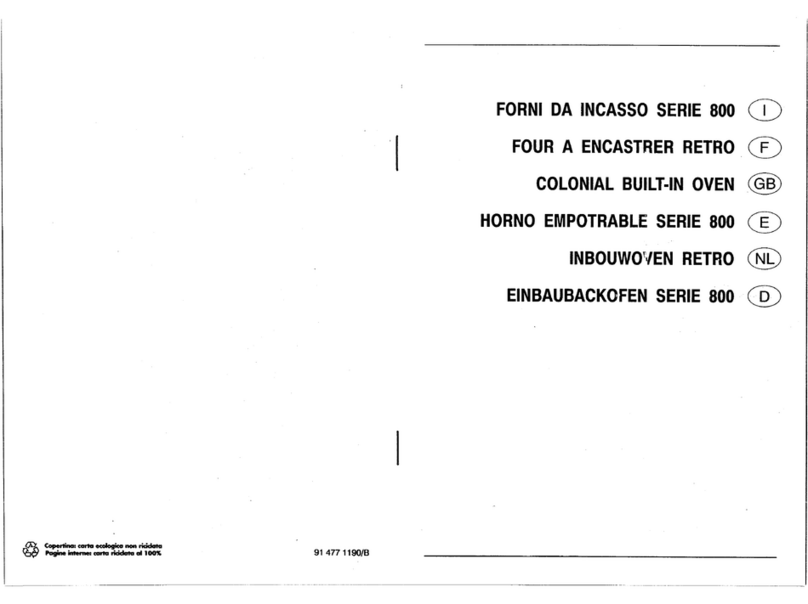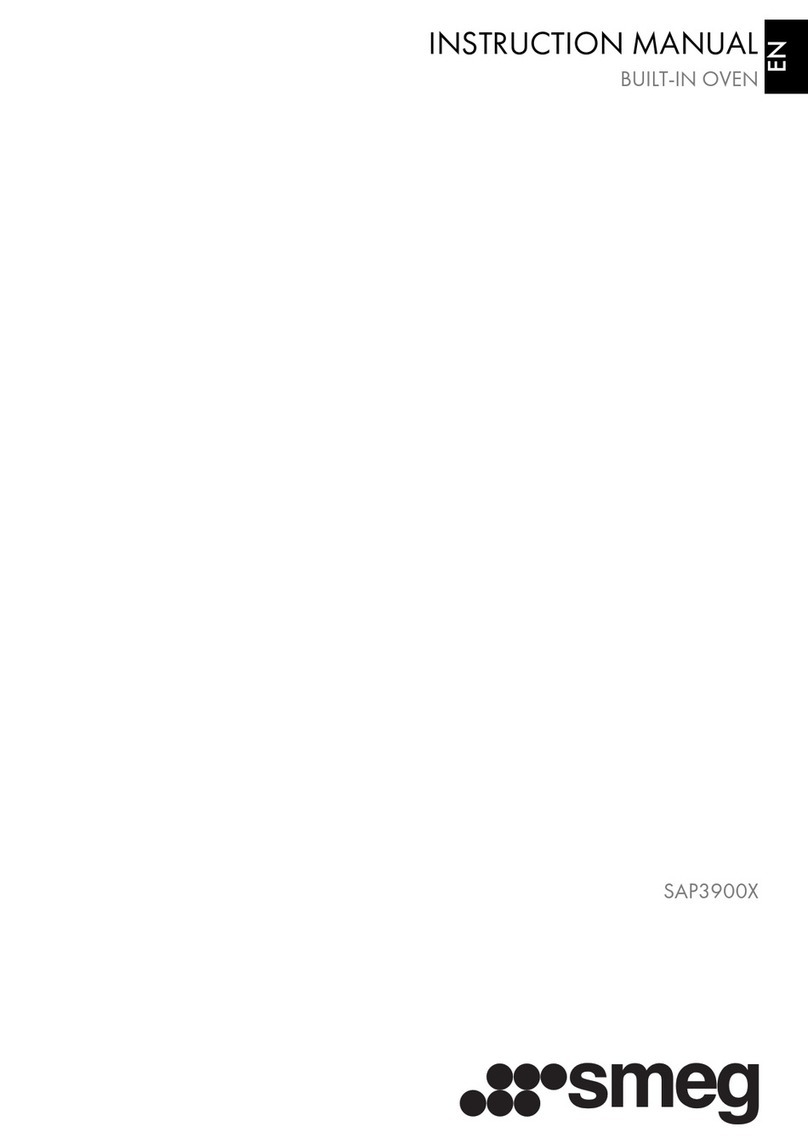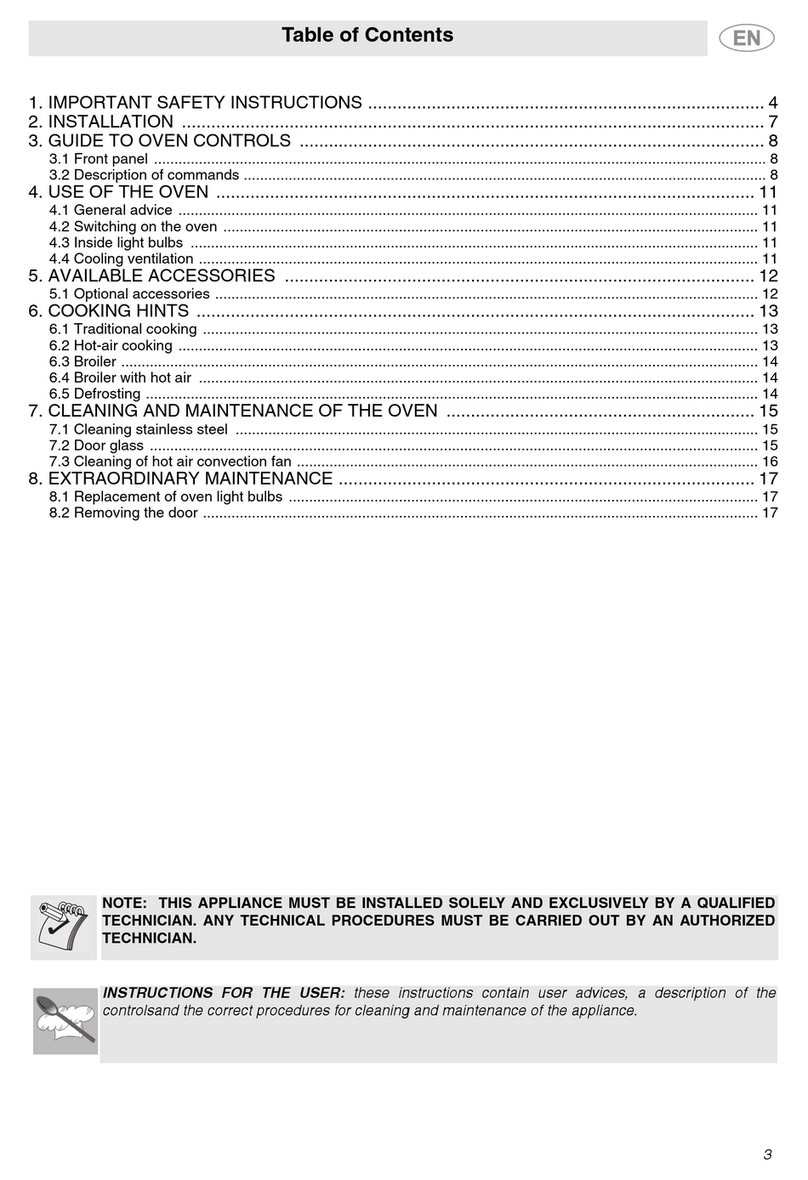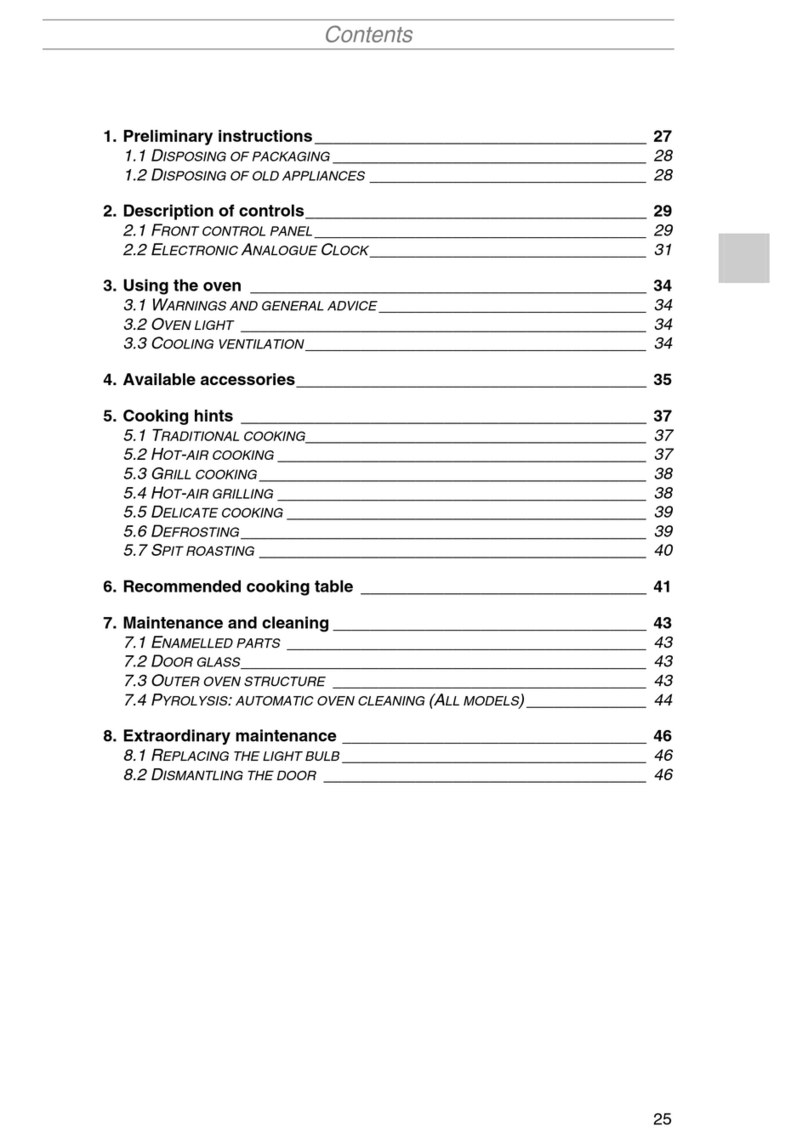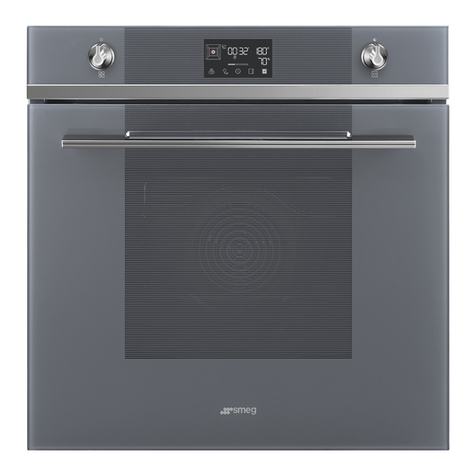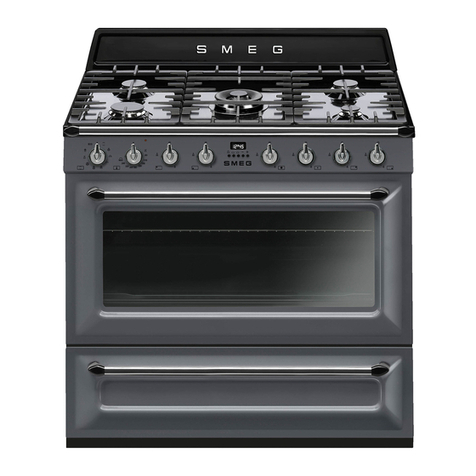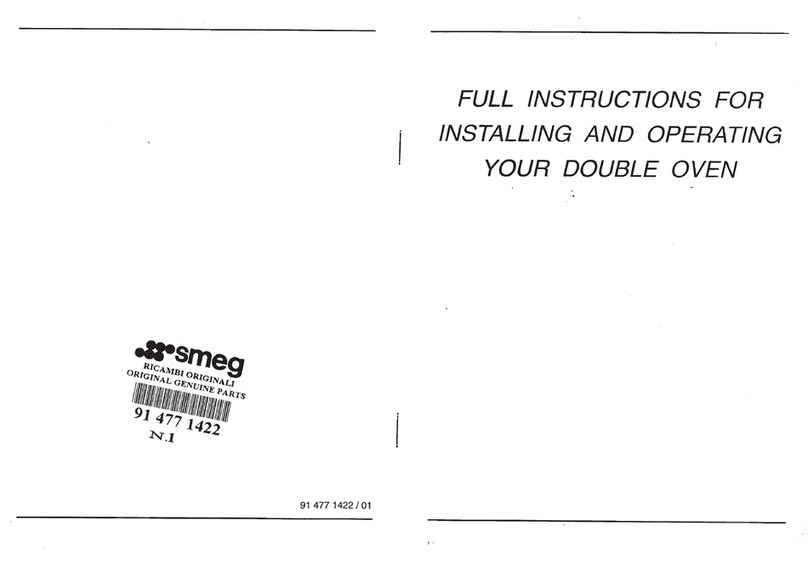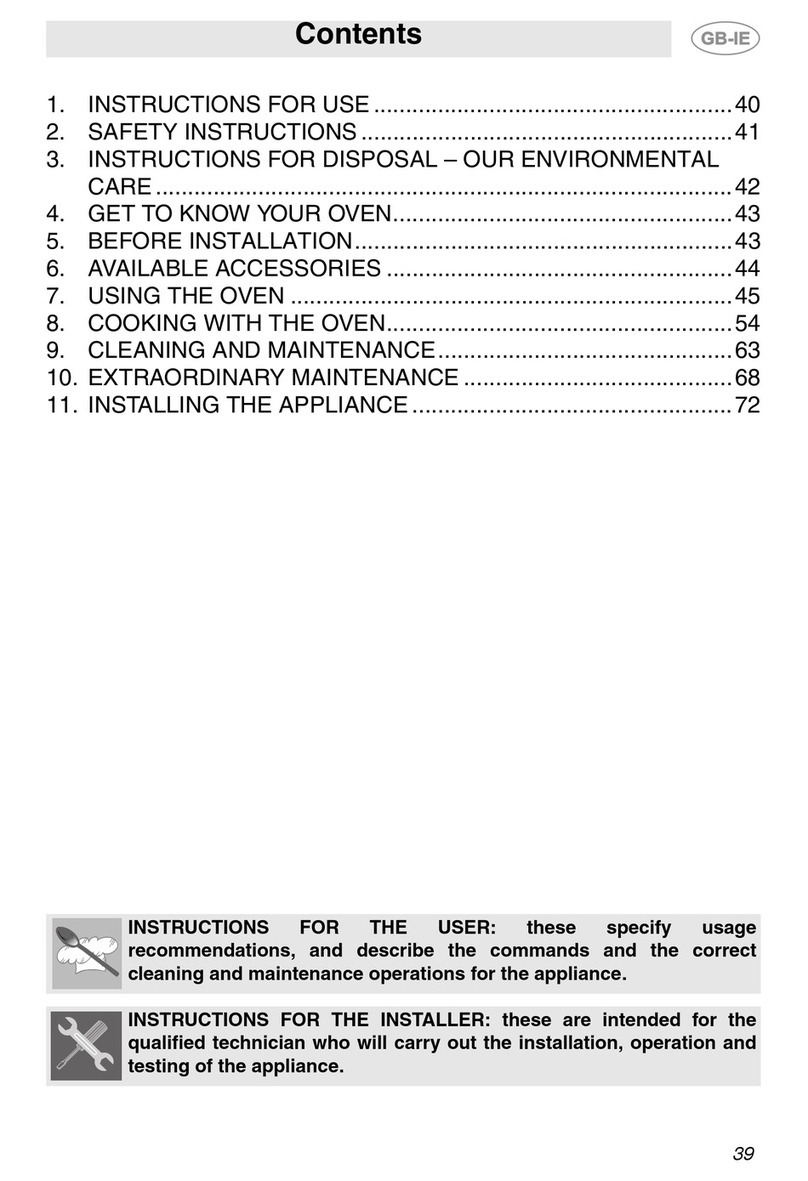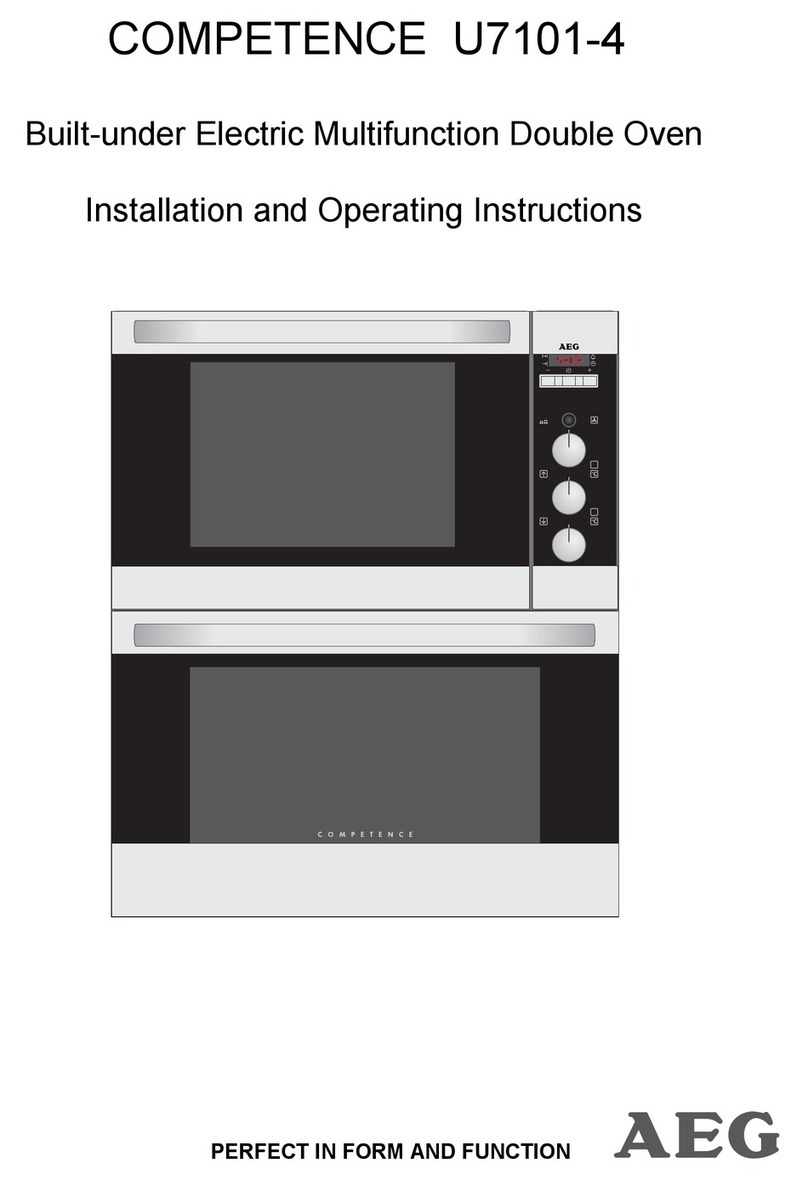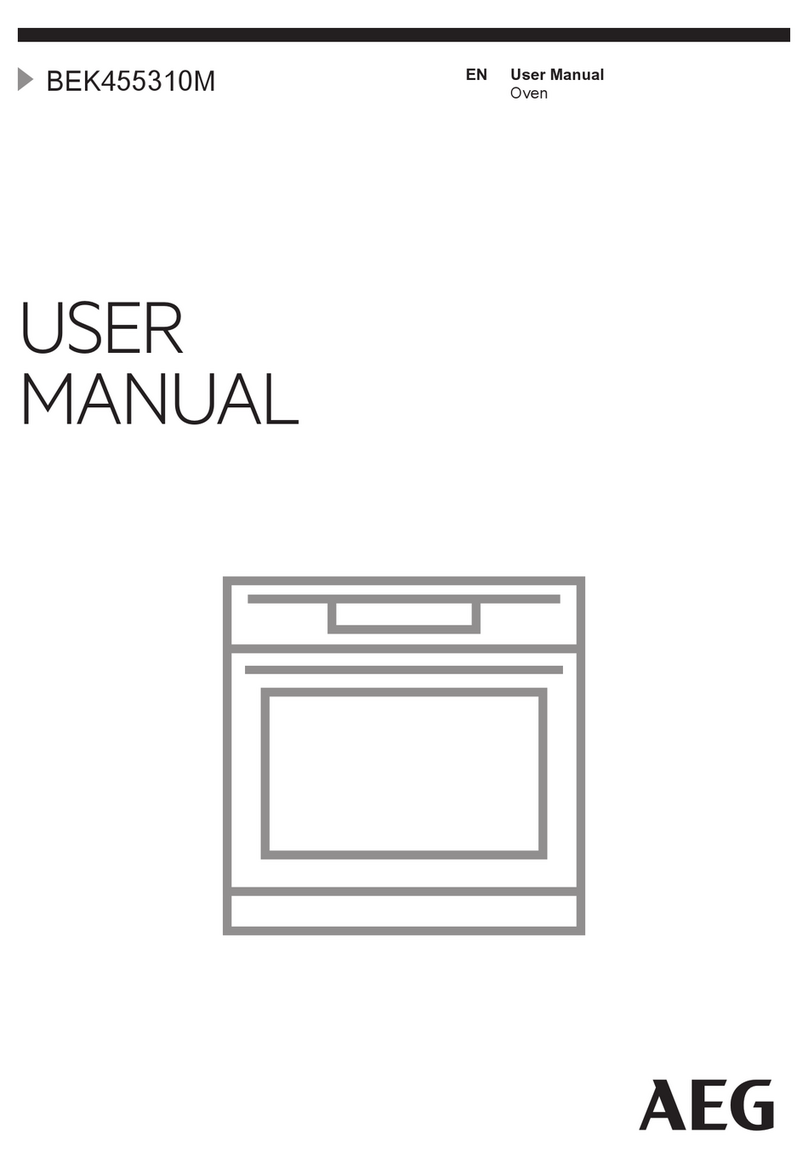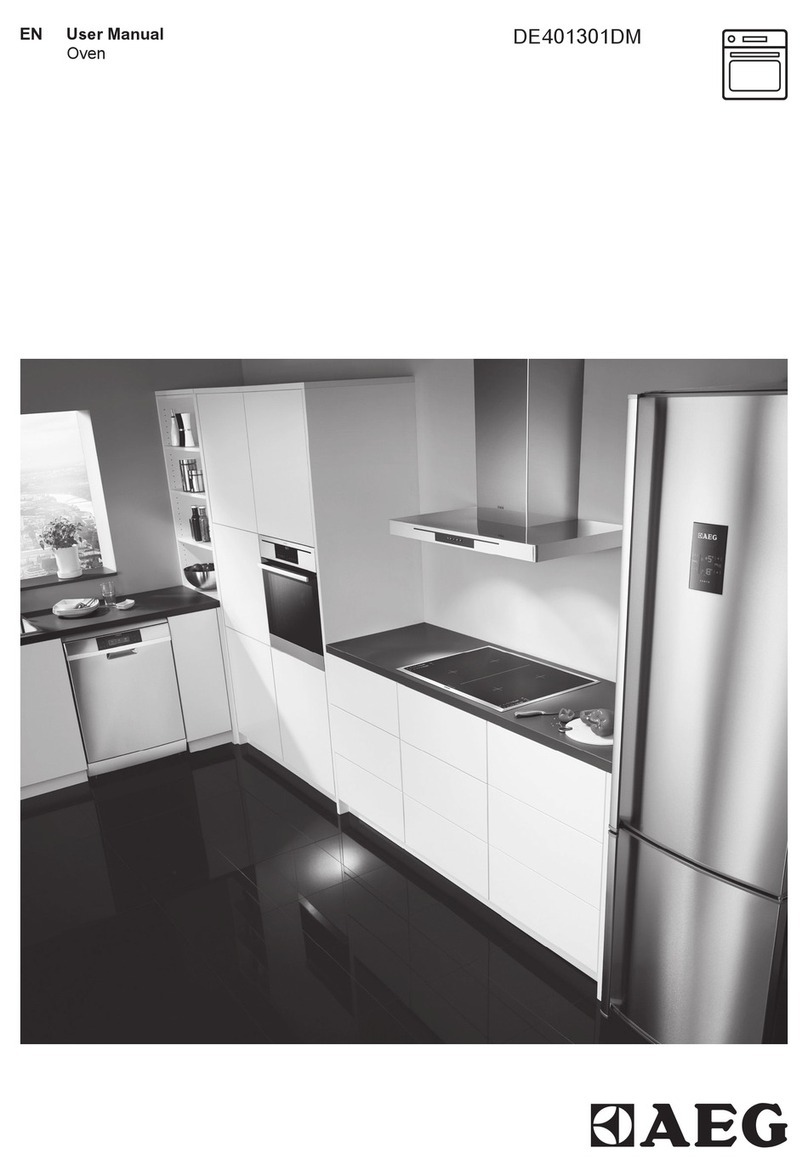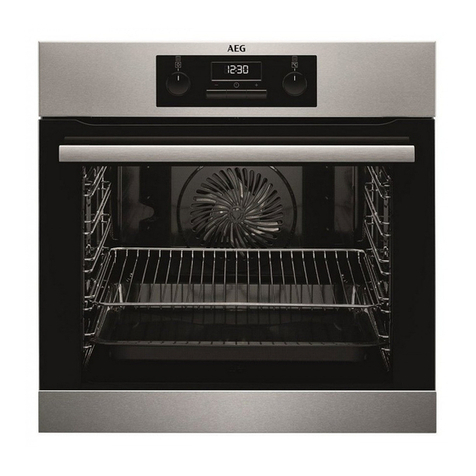
Instructions
56
1 Instructions
1.1 General safety instructions
Risk of personal injury
• During use the appliance and its
accessible parts become very hot.
Children must be kept away from the
appliance.
• Never touch the heating elements
during use.
• Keep children under the age of eight
at a safe distance unless they are
constantly supervised.
• Children must not play with the
appliance.
• Never rest metallic objects such as
knives, forks, spoons and lids on the
appliance during use.
• Switch off the appliance immediately
after use.
• Never try to put out a fire or flames
with water: Turn off the appliance
and smother the flames with a fire
blanket or other appropriate cover.
• Cleaning and maintenance must not
be carried out by unsupervised
children.
• Do not clean the appliance
immediately after turning it off – wait
for it to cool down first.
• Have qualified personnel carry out
installation and assistance
interventions according to the
standards in force.
• Do not modify this appliance.
• Do not insert pointed metal objects
(cutlery or utensils) into the slots in the
appliance.
• Do not try to repair the appliance
yourself or without the intervention of
a qualified technician.
• If the power supply cable is
damaged, contact technical support
immediately and they will replace it.
Risk of damaging the appliance
• Do not use abrasive or corrosive
detergents (e.g. scouring powders,
stain removers and metallic sponges)
on glass parts as this could cause
them to break.
• Use wooden or plastic utensils.
• Do not seat on the appliance.
• Do not use steam jets to clean the
appliance.
• Do not obstruct ventilation openings
and heat dispersal slots.
• Never leave the appliance
unattended during cooking
operations where fats or oils could
be released.
